PHYSIOTHERAPY MACHINE
Medical Air Mattress
Availability:
500 in stock
Specifications
- Prevent bed stores
- Portable/Handy
- Recommended for bed ridden patients
- Adjustable hangers for suit any
- Medical grade PVC
- Retardant treatment
- Low power consumption
৳ 2,650.00
500 in stock
Key Features and Specifications
When choosing a medical air mattress, consider the following features and specifications:
- Pump: The pump is the control unit for the mattress. Look for a low-noise pump with adjustable settings for pressure and cycle time. A digital display can make it easier to monitor and adjust settings.
- Mattress Design:
- Cell-on-Cell: This design has a layer of inflated cells at the bottom that acts as a safety base in case of power failure, preventing the patient from bottoming out on the bed frame.
- Raised Side Perimeters: These provide a firmer edge, which can help prevent patient falls and make it easier for caregivers to assist with transfers.
- Heel Slope: This feature redirects pressure away from the heels, which are a common site for pressure ulcers.
- Cover: The cover material is important for hygiene and patient comfort.
- Fluid-resistant and Vapor-permeable: These covers prevent spills from reaching the mattress while allowing moisture vapor to escape, keeping the patient’s skin dry.
- Low-shear and Low-friction: These features reduce the forces that can cause skin damage when the patient moves or is repositioned.
- Safety Features:
- CPR Valve: A quick-release valve that allows for rapid deflation of the mattress in an emergency.
- Alarms: Built-in alarms can alert caregivers to issues like power failure, low pressure, or a patient exiting the bed.
- Technical Specifications:
- Dimensions: Ensure the mattress fits the bed frame (e.g., standard hospital bed size is typically 36″ x 80″).
- Weight Capacity: Check the maximum weight the mattress can support to ensure it is appropriate for the patient.
How Medical Air Mattresses Work
The fundamental principle behind a medical air mattress is the redistribution of pressure. Unlike a standard mattress that puts constant pressure on certain parts of the body, these mattresses use a system of air cells and a pump to continuously change the pressure points. This constant shift in pressure is crucial for several reasons:
- Pressure Redistribution: The alternating inflation and deflation of the air cells ensures that no single area of the body is subjected to prolonged pressure. This prevents the compression of capillaries and tissue, which can lead to cell death and the formation of bedsores.
- Improved Blood Circulation: The dynamic movement of the mattress mimics gentle repositioning, which helps to stimulate blood flow and deliver oxygen and nutrients to the skin and tissues. This is vital for healing and maintaining healthy skin.
- Microclimate Control: Many advanced medical air mattresses incorporate a “low air loss” system. Tiny holes in the surface of the mattress allow a constant, gentle flow of air to circulate around the patient’s skin. This helps to manage heat and moisture (like sweat), keeping the skin cool and dry and further reducing the risk of skin breakdown.
Based on 0 reviews
Be the first to review “Medical Air Mattress”
FAQs
Are GoWell BD products safe to use?
Yes, GoWell BD products are rigorously tested and manufactured under strict quality control standards to ensure safety and effectiveness. However, it's always recommended to consult with a healthcare professional before starting any new supplement or wellness regimen, especially if you have pre-existing health conditions or are taking medications.
Do GoWell BD products come with any guarantees or warranties?
Yes, GoWell BD stands behind the quality and effectiveness of their products. Many of their items come with satisfaction guarantees or warranties to ensure customer satisfaction. Be sure to check the specific product packaging or website for details on any guarantees or warranties offered.
What type of dietary supplements does GoWell BD offer?
GoWell BD offers a variety of dietary supplements formulated to support different aspects of health and wellness. These may include vitamins, minerals, herbal extracts, probiotics, and specialty formulas targeting specific health concerns such as immune support, joint health, or energy levels.

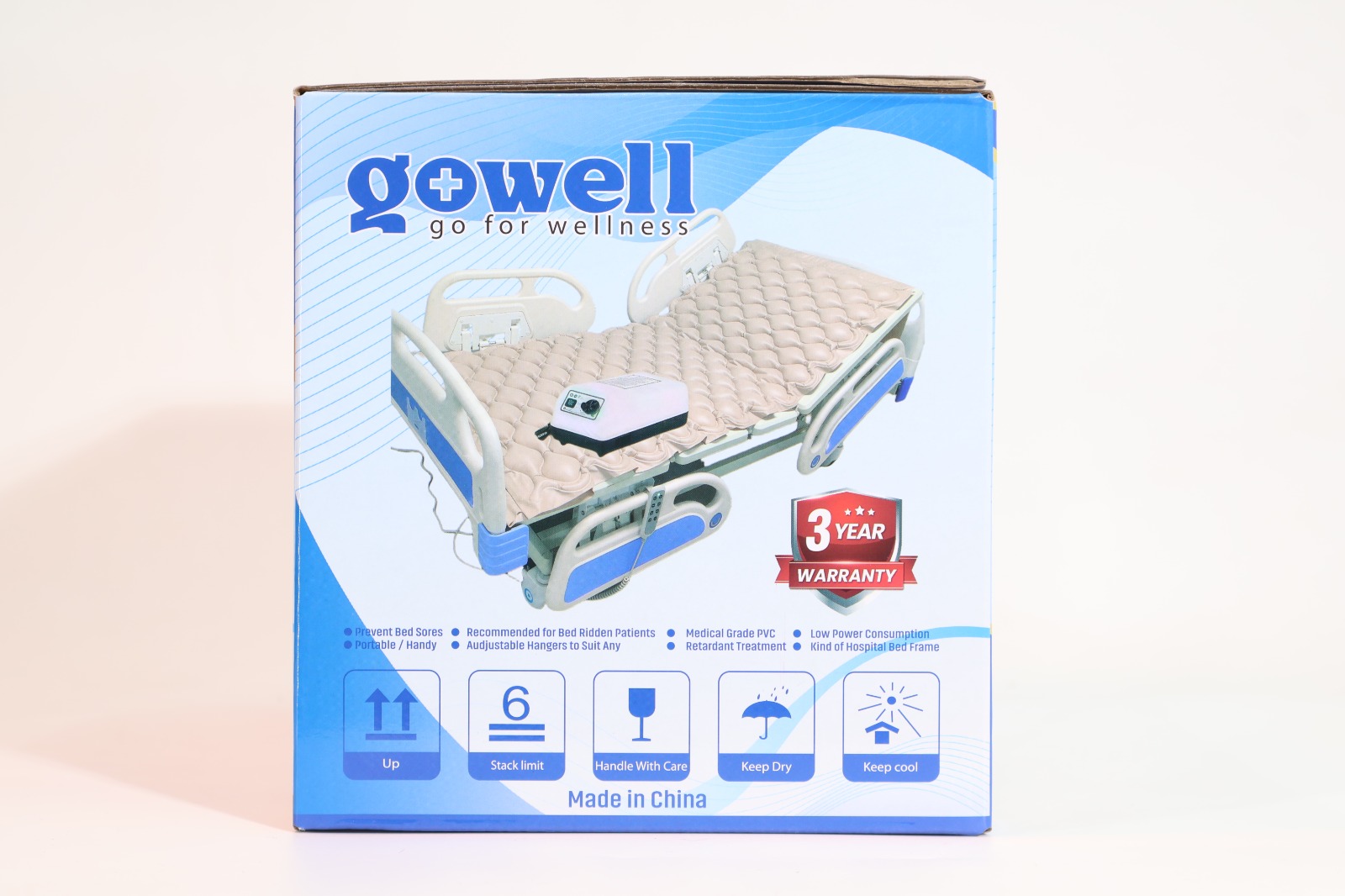
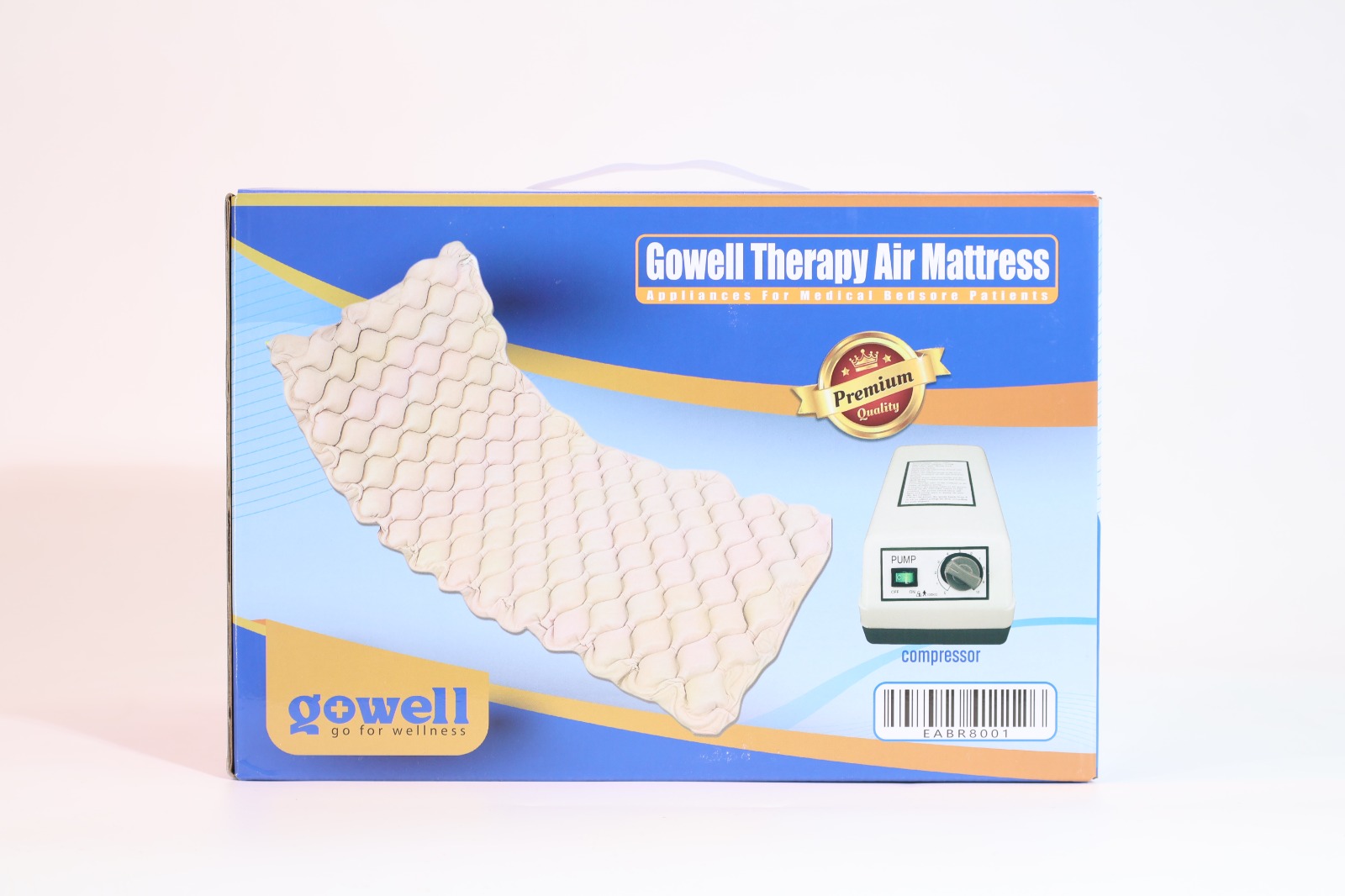
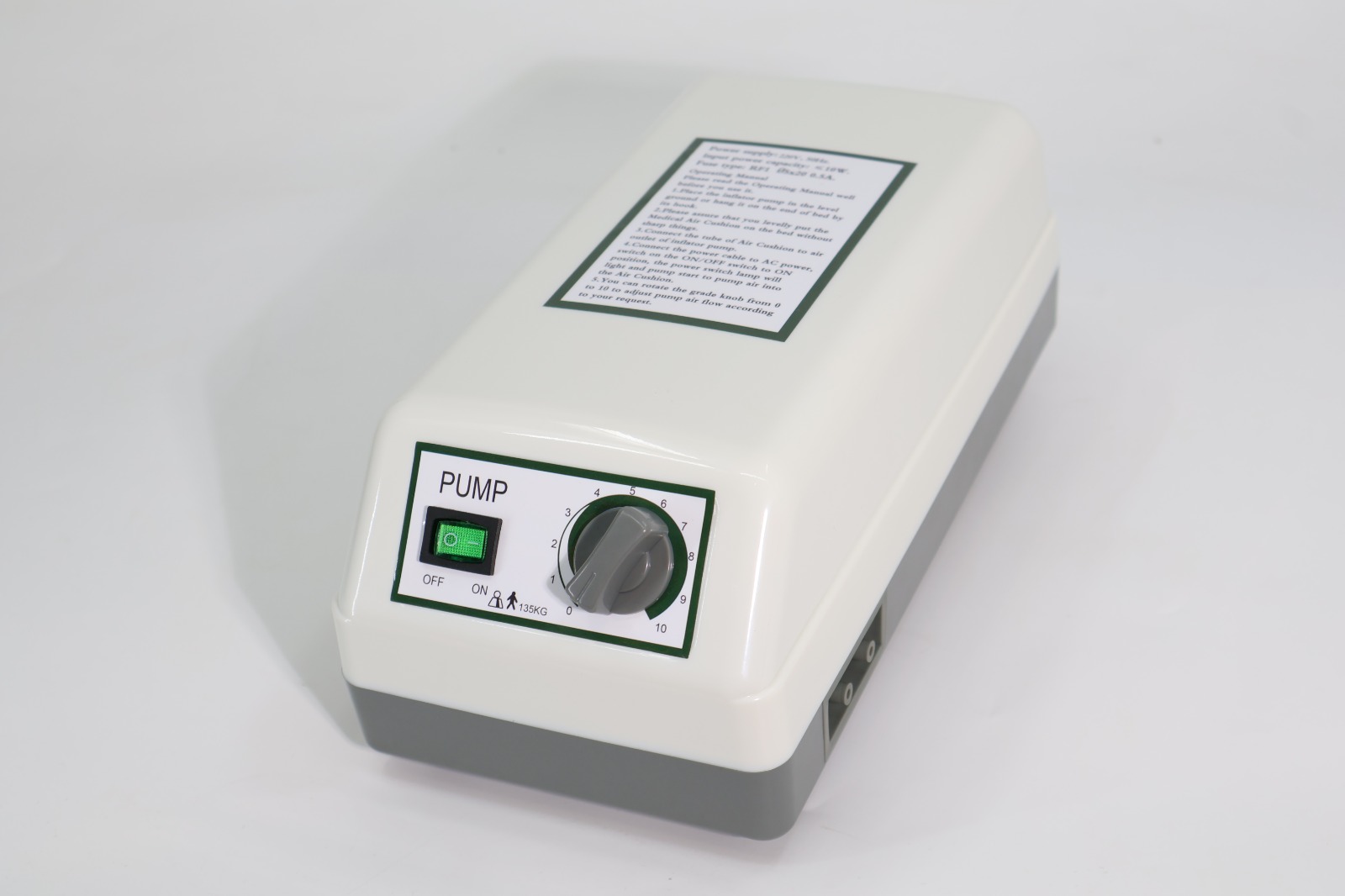
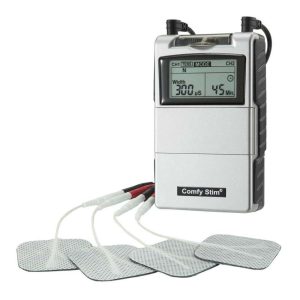


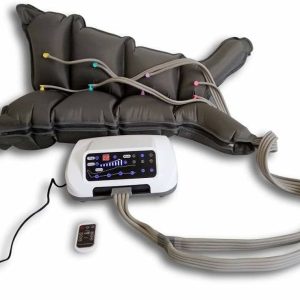

There are no reviews yet.